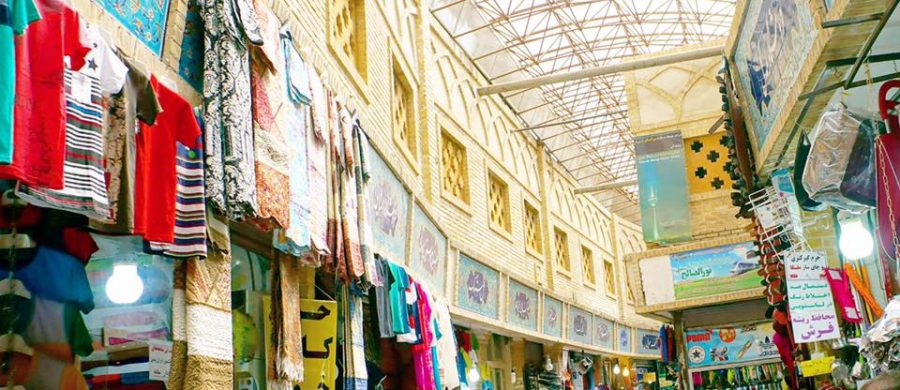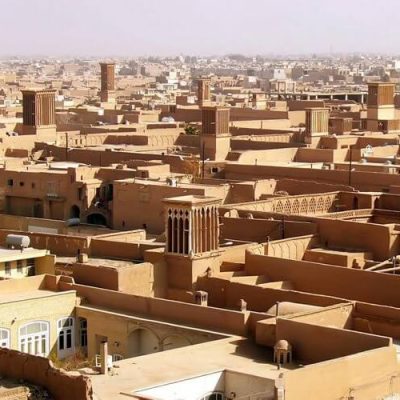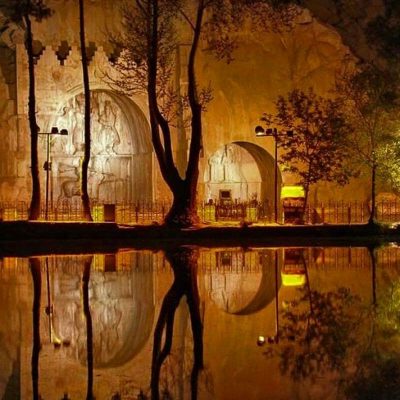Rasteh:
The main element of a bazaar are major and minor rastehs (lanes) stretching from the gateway into the city covering several sections until arrival at the city’s main square. There are stores located across both sides a rasteh.
Chaharsugh:
It is usually the intersection of two main rastehs of the four bazaar, resembling vault ribs. Chaharsughs were covered with tall domes hosting the daily presence of jarchis, nightly meetings of the sheriff and sometimes punishing the criminals.
Timcheh:
Referring to a small caravansary, it housed indoor spaces for the chambers of tradesmen, usually built in two or three floors. This space was often covered with domes and special decorations.
Caesarea:
It entails certain segments of the bazaar for the sale of precious and delicate goods such as jewelry, silk, etc.
As a key element of any city, bazaars led to social evolution. Many revolutions and uprisings in Iran took place within bazaar merchants. Even if they did not give rise to uprisings, at least made great efforts to realize them. Governments generally care a lot about this segment of society and its demands were fulfilled, since it contributed to the economic pulse of the nation. Merchants in many cases forced the rulers to retreat from their positions.
For example, many people still remember Chlo Esfandiar the blacksmith who initiated the Sabzevar uprising against the Mongols.









Post Discussion